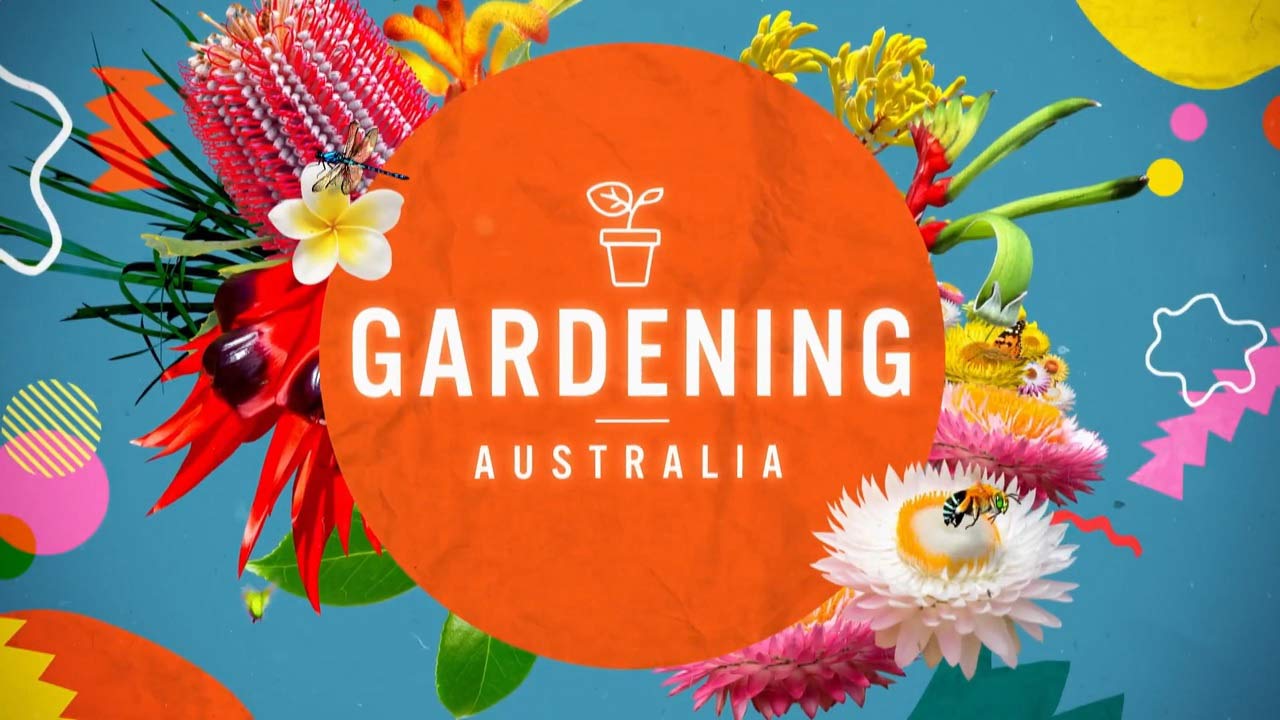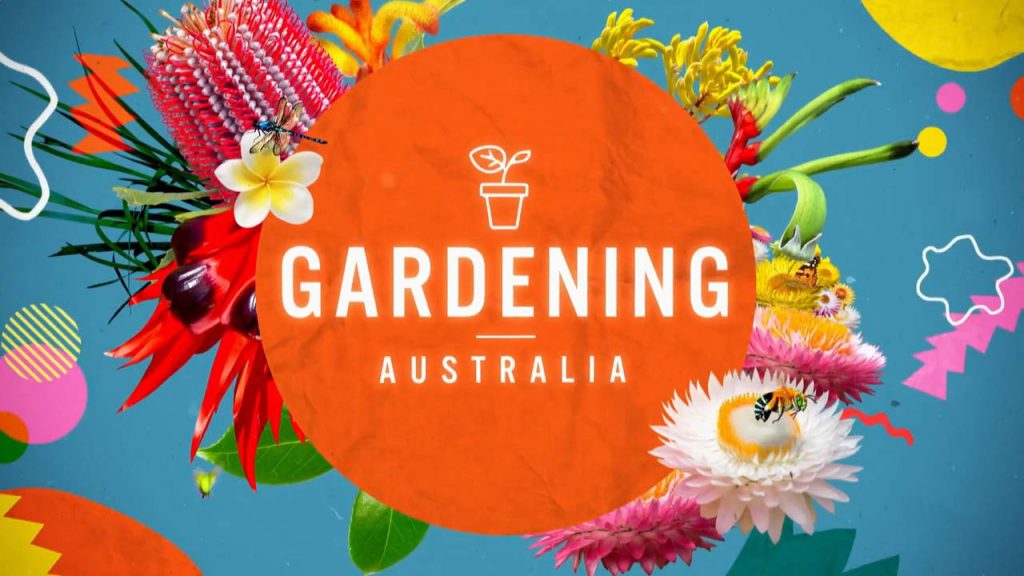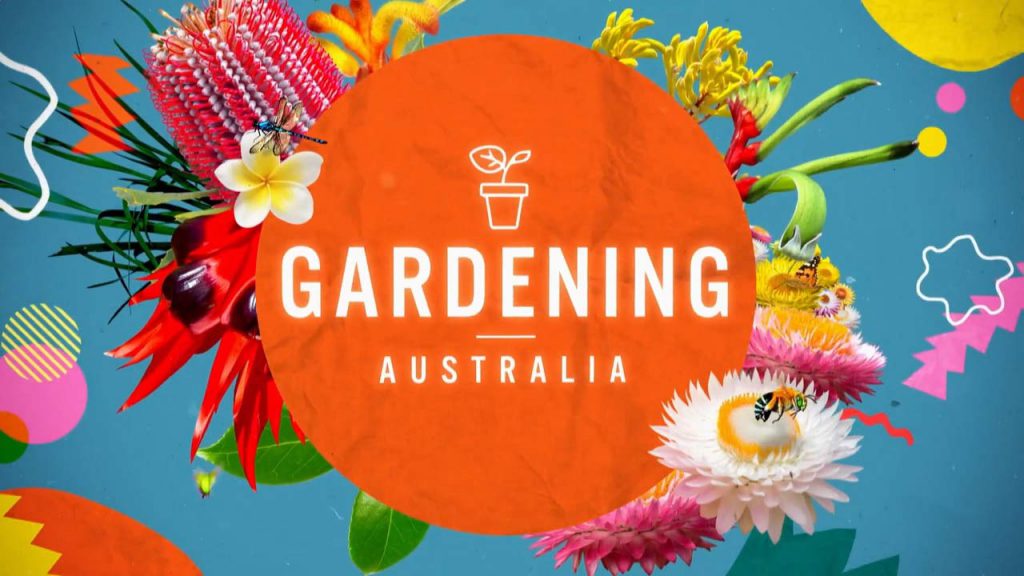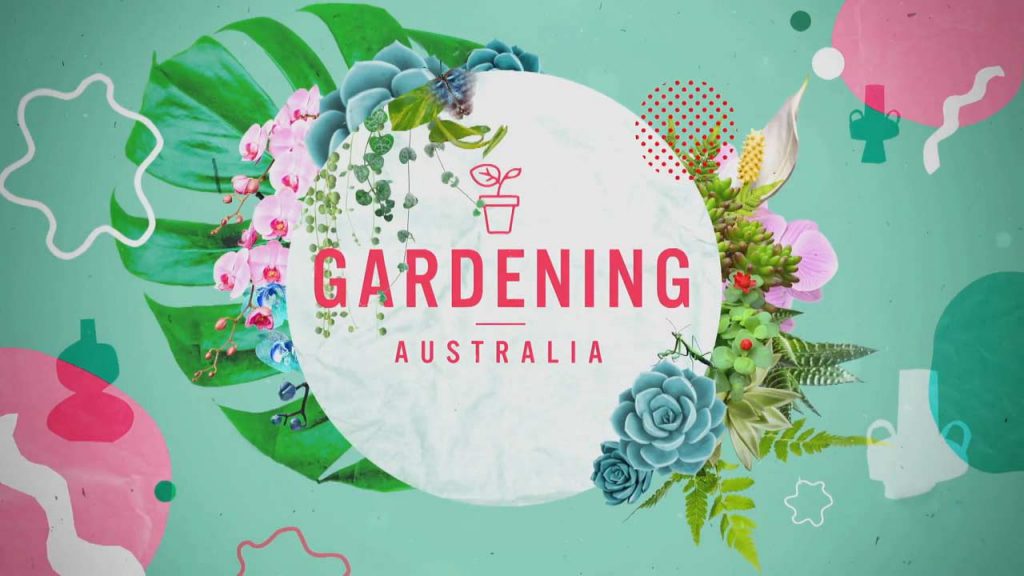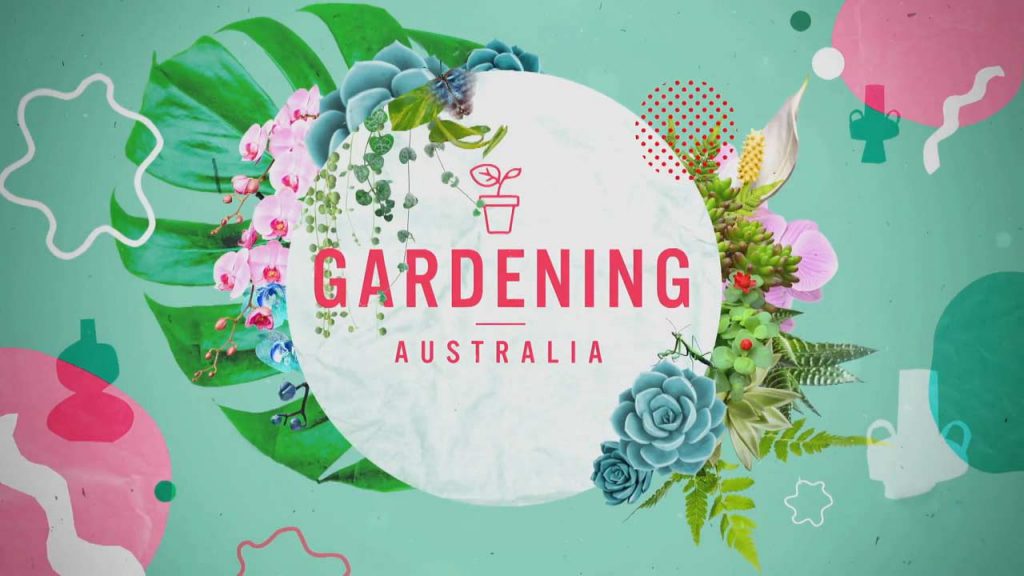Gardening Australia episode 7 2023: Tammy skillfully creates eye-catching indoor plant arrangements; Sophie encounters a group dedicated to salvaging plants for philanthropic purposes; Jane explores a whimsical residential garden; Hannah delves into the world of a crucial garden pollinator; we get acquainted with the Rangers who diligently maintain the Larapinta Trail.
Gardening Australia is a popular Australian television program that focuses on gardening and gardening advice. It is broadcast on the ABC and has been airing since 1990. The show is presented by a team of expert gardeners and horticulturalists, who provide tips and advice on a wide range of gardening topics, from choosing the right plants for your garden to dealing with pests and diseases. Each episode also features segments on different gardens and gardening projects around Australia, showcasing the diverse and beautiful gardens found in the country.
Gardening Australia episode 7 2023
Little Ray of Sunshine
Jane Edmanson explores a garden in Sunshine North, where a graphic designer has chosen to prioritize garden space over living space, displaying his thoughtfully chosen collection of plants.
In Melbourne, a local designer made the perfect decision when faced with choosing between a larger house or a more spacious garden; he opted for the garden. The result is an area brimming with color and texture, surrounding a house of just the right size. As houses continue to expand and gardens shrink, plants and wildlife are struggling for room. Shane Delonix, a gardener, has deliberately bucked this trend by downsizing his home and maximizing his garden space. “A big house for me is just a waste of space. I prefer a small house with only the essentials. My main interest is the garden,” says Shane.
The house, a modular one-bedroom structure, was built in a nearby factory. Shane later added another module to create a two-bedroom home. The house rests on piers, which, according to Shane, “could be moved to another location in 10 years.” With a smaller footprint, the home consumes less energy. Shane’s residence is located on the edge of a valley, adjacent to a protected river and a green belt of river red gums. “It’s incredible to have a water-filled quarry nearby, and the beautiful rock face just lights up in the morning.”
The garden boasts a sculptural design, using plants to create various textures and forms. A repurposed kayak has been inverted and transformed into a sculpture that echoes the shape of Gymea lily leaves. Other eye-catching plants include the Euphorbia Firesticks, which require potting to prevent scratches from their vibrant orange glow. Along the property’s border, Shane has planted hedging olives with the aim of them reaching two meters in height to screen the road, ensure privacy, and offer wind protection.
Growing Native Plants from Seed and Exploring Perennial Coriander and Humus
Are you a gardening enthusiast looking to expand your plant collection? Discover the joy of growing native plants from seed, learn about perennial coriander, and understand the importance of humus in your garden.
Growing Native Plants from Seed: An Exciting Journey
As a passionate gardener, you’ll be thrilled to learn that there are numerous native plants you can grow from seed. From majestic gum trees to vibrant wattles, the possibilities are endless. For instance, consider the beautiful paper daisy from New South Wales or the striking Dianella species native to Victoria. Growing plants from seed may sometimes be the only way to cultivate these unique species, so don’t hesitate to source seeds and embark on this rewarding journey.
Perennial Coriander: A Flavorful Addition to Your Garden
Eryngium foetidum, commonly known as tropical coriander, leaf coriander, or spring coriander, is a versatile plant that thrives in warm, moist environments. If you reside in a frost-prone area, consider growing this plant indoors or in a glasshouse. The leaves of perennial coriander, best enjoyed fresh, are perfect for adding flavor to cold dishes like salads or as a finishing touch to hot soups.
Keep in mind that this plant requires ample water and doesn’t tolerate drought. It’s recommended to grow it in a plastic pot with a water-filled saucer. Perennial coriander self-seeds freely and produces suckers in summer, making it easy to cultivate. However, in cooler temperatures, its growth may slow down. To enjoy coriander flavors year-round, grow common coriander during cooler seasons.
Understanding Humus: A Vital Component for Soil Health
Humus (pronounced hyoo-muhs) is a crucial element in maintaining healthy soil and plants. It consists of decomposed plant and animal materials, broken down by microorganisms in the soil. Think of humus like hummus (the dip), where chickpeas are transformed into a smooth, fine-textured mixture. Similarly, humus is the result of composting, providing essential nutrients and promoting soil life.
Maximize Space in Your Garden with Fruit Trees and Trellising Techniques – Gardening Australia episode 7 2023
Limited garden space shouldn’t deter you from growing fruit trees. Trellising, a method of training trees to grow against a wall or fence using a frame, allows you to produce fruit even in narrow areas like driveways. Embrace this technique and enjoy the benefits of homegrown fruit trees.
Citrus trees, for instance, are usually pruned during winter dormancy. However, late summer or autumn pruning after fruiting is also effective for training trees back to the trellis. Consider a plum tree, which can be trained into a fan shape, providing shade and shielding a west-facing wall from hot afternoon sun.
When pruning your fruit trees, focus on three main objectives:
- Maintaining the Right Size and Shape Trim branches that grow forward to ensure the tree conforms to the wall’s shape. Keep the tree at a manageable size by cutting off excessively tall branches. If two branches grow closely together, remove the weaker one. Long branches of new wood can be reduced by a third to a half.
- Retaining Branches for Optimal Flowering and Fruit Production Different plants develop fruit in various ways. For example, a Mariposa Plum tree bears fruit on one-year-old wood and old spurs, requiring much of its wood to be retained for the next season’s fruit growth. The easiest way to distinguish old wood from new season wood is by examining the bark texture above and below a node. To avoid crowding and promote better flowering and fruiting, prune one of two stems growing above the node.
- Removing Dead, Diseased, or Damaged Material to Ensure Tree Health Eliminate crossing branches to prevent rubbing, which can cause wounds and diseases. Remove suckers sprouting from the trunk base and prune shoots growing toward the wall. Also, check that the material tying the plant to the trellis isn’t causing damage.
As you prune, take a moment to assess the tree’s balance. In winter dormancy, you can further adjust the tree’s shape to achieve the perfect form. With these steps, your tree will be primed for next season’s foliage, flowers, and fruit.
By incorporating trellising techniques in your garden, you’ll be able to grow fruit trees even in limited spaces. Enjoy the satisfaction of harvesting your own fruit and the aesthetic appeal these trees bring to your garden. With proper pruning and care, your fruit trees will thrive, providing you with delicious homegrown produce for years to come.
In Gardening Australia episode 7 2023 we answer this questions:
- How to create indoor plant arrangements?
- What is the Larapinta Trail?
- How to grow native plants from seed?
- How to care for perennial coriander?
- Why is humus important for soil health?
- What are the best trellising techniques for fruit trees?
